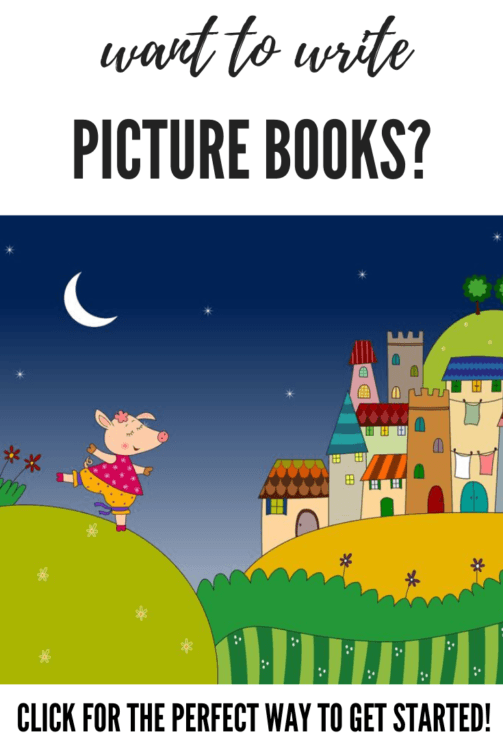
by Jane Choate
(Originally appeared in the March, 2022 issue of Children’s Book Insider, the Children’s Writing Monthly)
Do you have problems in plotting? Do you have problems in having enough plot to get you through an entire book? Do you have problems in keeping the plot fresh? Do you have problems in making your plot cohesive, in not having the plot points seem episodic?
If you answered yes to one or more of these questions, you may find this article helpful.
We’re going to talk about plot twists. Plot twists are happenings in the plot that are unexpected, that take the story … and the reader … in a different direction.
What are some examples of plot twists?
A change in weather.
A crime.
A betrayal.
A mistaken identity.
A natural catastrophe.
A secret.
A surprise.
A visit from a long-lost relative or friend.
A new character is introduced.
What makes a plot twist effective? Humor is one thing. Finding the funny spot in a story is nearly always appealing to readers, whatever their ages. Even if the book is a serious one, there can still be humorous elements in it. Another is relatability. Readers of all ages want things with which they can relate. Even if the book takes place in outer space, there should be parts which the reader can relate to. Drama is another, though it’s not necessary. Think over-the-top. If you have to scale back later, that’s okay. All of these things, plus countless others, can take your plot down an unexpected path.
Before we start with the meat of this article, a little caveat here: As in all aspects of writing, plot twists must fit the age of the intended readership and the theme and tone of the book. A murder is probably not going to work in a picture book about a baby dinosaur looking for his mommy. But it could work in a YA novel about an eighteen-year-old boy trying to extricate his younger brother from a violent gang.
First, let’s look at some examples of plot twists in published picture books.
Eat Pete by Michael Rex. In this charming story, Pete is terribly lonely and is desperately looking for someone to play with. When that “someone” arrives, Pete is happy … that is until he learns that the new friend he’d hoped for is actually a monster determined to EAT PETE.
Snack Attack by Terry Border. Another kind of monster shows up in this fun book and you’ll never guess who. Cheese Doodle, Cookie, and Pretzel are having a fine old time in the kitchen, enjoying their freedom. But when a monster shows up in the form of a hungry kid, they must scramble for safety.
Interrupting Chicken And The Elephant Of Surprise by David Ezra Stein. The little red chicken is certain that no elephants will appear in her favorite books. Her father tries to explain that maybe the elephant of surprise in actually an element of surprise. Stein takes his readers through adventure after adventure in sequels to this book.
Do you notice that each of these books has a humorous plot twist, designed to delight little children?
Now let’s look at books with plot twists for teens:
Choker by Elizabeth Woods. Lonely and bullied in school, teenage Cara is over-the-moon happy when she reconnects with her best friend Zoe. Zoe helps Cara re-discover her self-confidence. However, her delight turns to questions when kids in her school start dying.
Heretics Anonymous by Katie Henry. When Michael walks through the doors of Catholic school, things can’t get much worse. His dad has just made the family move again, and Michael needs a friend. When a girl challenges their teacher in class, Michael thinks he might have found one, and a fellow atheist at that. Only this girl, Lucy, isn’t just Catholic … she wants to be a priest.
The Good Girls by Clara Eliza Bartlett. The “good girls” include the popular cheerleader, the ambitious overachiever, the defiant troublemaker, and the dead girl. The first three are expected in a normal high school. But the fourth is not. When the remaining three girls, each of whom is a suspect, try to find who killed Emma, they discover a shocking secret. Emma isn’t dead after all.
These are all serious books with sobering subjects, but that is not to say that books for teens and YAs can’t have humorous plot twists as well.
Let’s go back to the two stories at the beginning of this article and make up some plot twists.
In our story of the baby dinosaur looking for his mother, could it be that he fails to see her though she has been beside him all the time because he was too busy comparing himself to the other animals he encounters? Or it might be that our young dinosaur is not really a dinosaur at all but a dog who thinks he’s a dinosaur and eventually discovers that he is a dog and that his mother is right there at home.
dinosaur at all but a dog who thinks he’s a dinosaur and eventually discovers that he is a dog and that his mother is right there at home.
Let’s go with the plot twist that the dinosaur is not a dinosaur at all but a dog. The twist of a character not being who the reader thought he was is a common and an effective one. Why? Because it works.
Doug, who thinks he is a dinosaur, believes that because he does not look like his brothers and sisters. His mouth is too big. His tail is too long. His head is too small. How can he be a dog when he is clearly a dinosaur? That is why he searches the neighborhood for his mother. And that is why his patient and loving mother, a sweet golden Lab, trots along beside him, pointing out other dogs with whom he has a lot in common: four legs of more or less even length, unlike dinosaurs whose front legs are often shorter than their back legs are, soft fur, unlike dinosaurs who have rough skin, and a snout, where dinosaurs have none.
Doug eventually believes his mother and trots home with her, content to be who he is.
What elements from the plot twist list does this story contain? Humor. Mistaken identity. Surprise.
What about the story about the teenage boy who is doing his best to extricate his younger brother from the gang? That narrator Jules is eighteen and determined to keep his younger brother out of gang life. As we read of Jules who does anything and everything in his power to protect his younger brother from joining a gang, we root for him and think what a wonderful big brother he is. He teaches Dom, his little brother, that gang life, especially with the one that runs their neighborhood, is a terrifying life, one that does not allow its members to escape.
Throughout the book, Jules proves that he loves his brother and will sacrifice anything. At the end of the book, Dom asks Jules why he devoted so much time and trouble to keep him from gang life. Jules pulls up the sleeves of his long-sleeved shirt (which he always wears) to reveal matching tattoos on his forearms and confides to Dom that he (Jules) is the gang’s leader. Dom is stunned, and so is the reader.
What elements from the list do we find here? Surprise. Betrayal. Secret. Crime.
Plot twists can take your story from ho-hum to wow, but be careful to keep any twists within the realm of believability. A twist thrown in just to make a story longer or more interesting is unlikely to work. Keep twists organic to the story and to the character.

✏ Word Counts & Age Groups for Every Kidlit Category
✏ FAQs, Glossaries and Reading Lists
✏ Category-specific Tips, from Picture Books Through Young Adult Novels
✏ 5 Easy Ways to Improve Your Manuscript
✏ Writing For Magazines …and more!
This is a gift from the editors of Children’s Book Insider, and there’s no cost or obligation of any kind.
We will never spam you or share your personal information with anyone. Promise!






